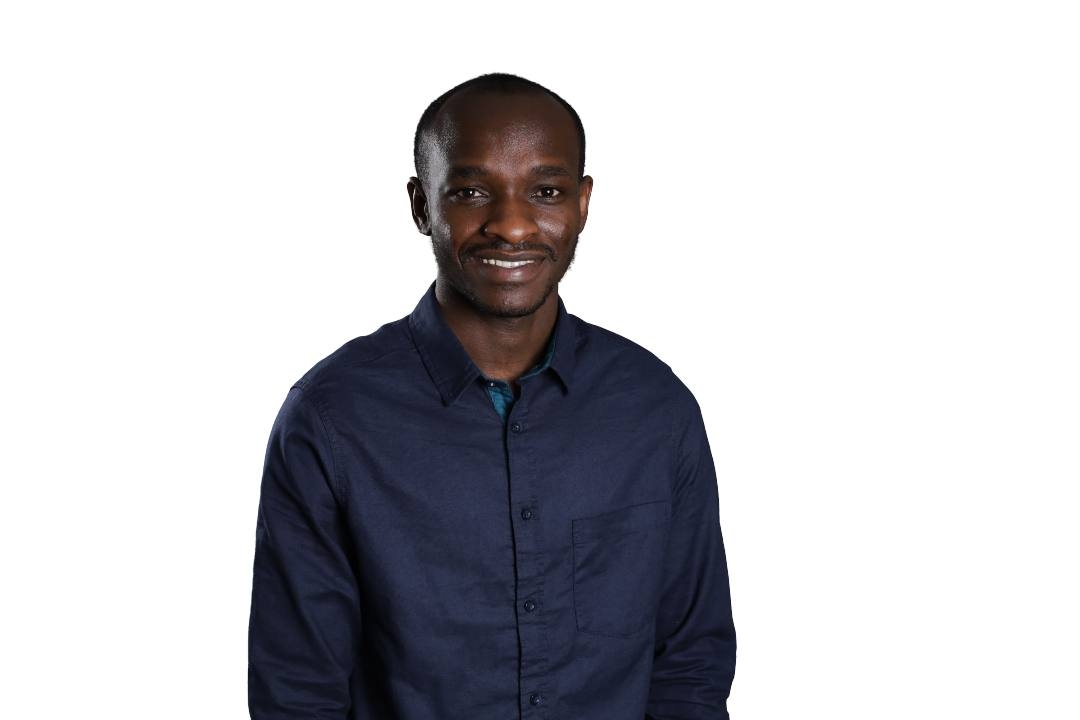Structural engineer Oyewole Abe is bringing renewed attention to the crucial role of detailed load analysis in the design, safety, and long-term reliability of monopile foundations supporting modern offshore structures. Abe's recent research sheds important light on structural demands, predominantly from wind forces, providing valuable insights into designing safer, more resilient, and cost-effective foundations as wind turbines continue to increase in size and capacity.
Monopile foundations, large cylindrical steel structures embedded deep into the ground, have become an essential solution for supporting the ever-growing size and height of modern wind turbines. Abe’s detailed analysis performed analysis to evaluate structural load for a cutting-edge 15-megawatt reference wind turbine, one of the largest models currently envisioned for commercial-scale operations, which is able to power more than 160,000 households.
“Accurately understanding and analyzing environmental loads, particularly wind-induced forces, is not just beneficial—it's imperative for ensuring the structural integrity and operational reliability of wind turbine foundations,” Abe emphasized. "The immense structural loads these towering turbines must withstand demand precision engineering and thorough analysis to guarantee their longevity and effectiveness."
Abe’s research findings revealed that monopile foundations could experience extraordinary bending moments, reaching magnitudes as high as 500 mega newton-meters (MNm) during optimum wind conditions. For structural engineers, this magnitude offers a clear perspective when compared to more familiar structures; the bending moment Abe describes is comparable to the structural loads experienced simultaneously by multiple large, high-rise buildings. By contrast, typical mid-sized buildings generally encounter bending moments only in the order of tens to hundreds of kilonewton- meters, underscoring the uniquely demanding nature of modern wind turbine foundations.
One significant discovery from Abe's research indicates that structural loads on monopiles are not always highest at the turbine’s rated wind speed, as traditionally assumed. Instead, his analysis uncovered that bending moments can be unexpectedly higher at lower wind speeds, particularly when turbines operate at lower rotor speeds aimed at maximizing power coefficient. This insight highlights the necessity for nuanced and careful load characterization at various operational states rather than solely at maximum rated conditions.
In addition to highlighting these extraordinary structural demands, Abe's study underscores the broader strategic importance of wind energy for the United States. Increasing the capacity of domestic renewable energy sources aligns directly with national objectives to enhance energy independence, reduce reliance on fossil fuels, and achieve long-term sustainability goals. As wind turbine installations proliferate nationwide, and as turbines themselves continue to grow taller and more powerful, Abe’s work offers essential, actionable insights to engineers tasked with designing robust foundations that can confidently handle the growing structural challenges.
"The rapid expansion of wind energy infrastructure across the United States and globally presents both significant engineering opportunities and complex structural challenges," Abe noted. "Ensuring that these renewable energy installations remain safe, economically viable, and reliable over their service life depends critically on thorough, meticulous load analysis."
Beyond immediate applications in wind energy, Abe’s comprehensive structural analysis methodology has important implications for structural engineering practices more broadly. The analytical techniques and insights developed in his current research provide valuable benchmarks and standards that can be applied to a wide variety of large-scale engineering projects requiring high-precision structural integrity assessments.
Furthermore, Abe emphasizes the economic benefits of detailed load analysis. By accurately predicting structural demands, engineers can avoid overly conservative designs, potentially saving significant costs without sacrificing safety or reliability. This careful balancing act ensures that resources are utilized efficiently, ultimately making wind energy an even more attractive and feasible option for sustainable energy production.
Looking ahead, Abe plans to expand upon his current findings, incorporating further numerical study to refine predictive models and ensure they reflect real-world conditions as closely as possible, through machine learning algorithms. His ongoing research seeks to continuously improve foundation design methodologies, helping ensure that wind turbine structures can withstand extreme weather events and remain operational for decades.
For more information, or to inquire about collaboration and further details regarding this critical structural engineering research, please contact Oyewole Abe at Oyewole.abe@gmail.com.
Media Contact
Company Name: Marvet
Contact Person: Marvet Amy
Email: Send Email
Country: United States
Website: marvetstudios.com


